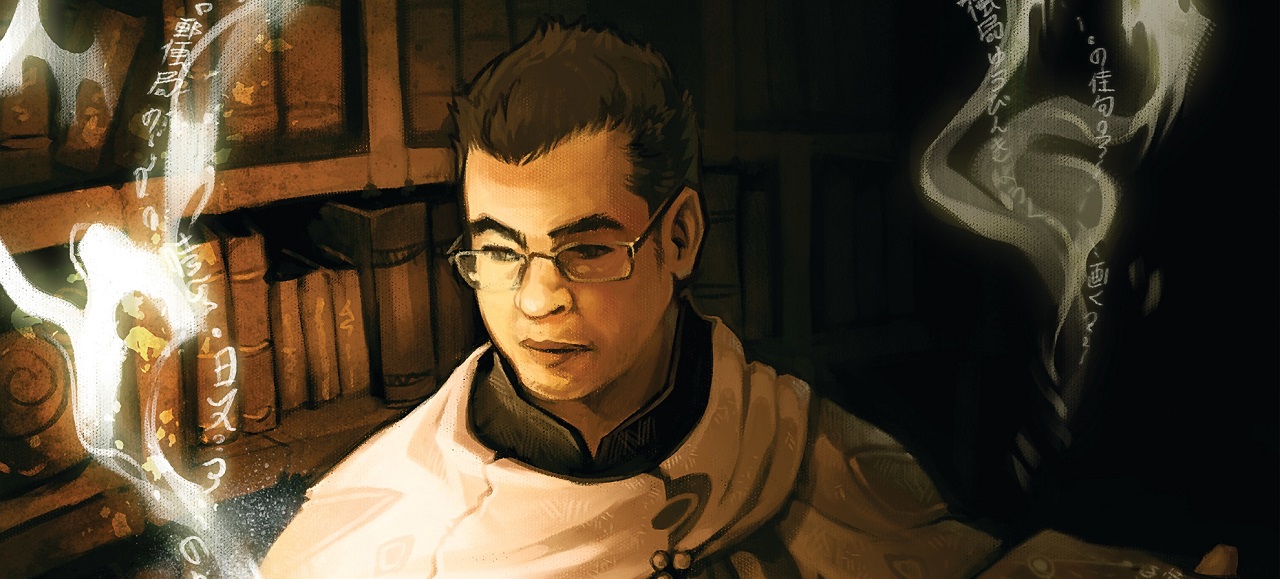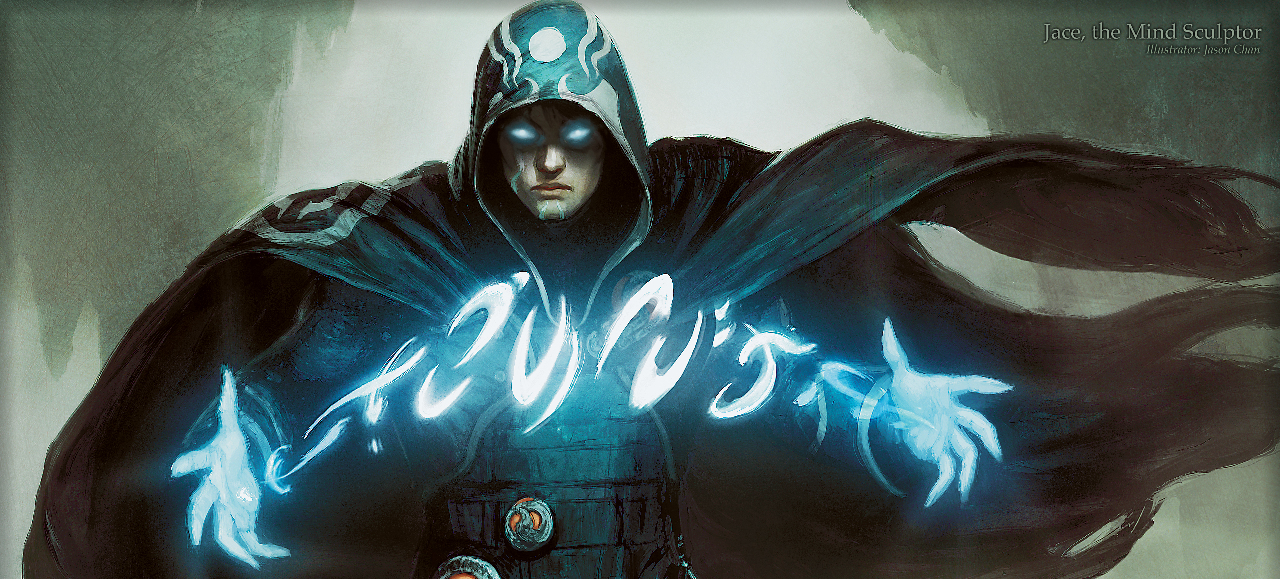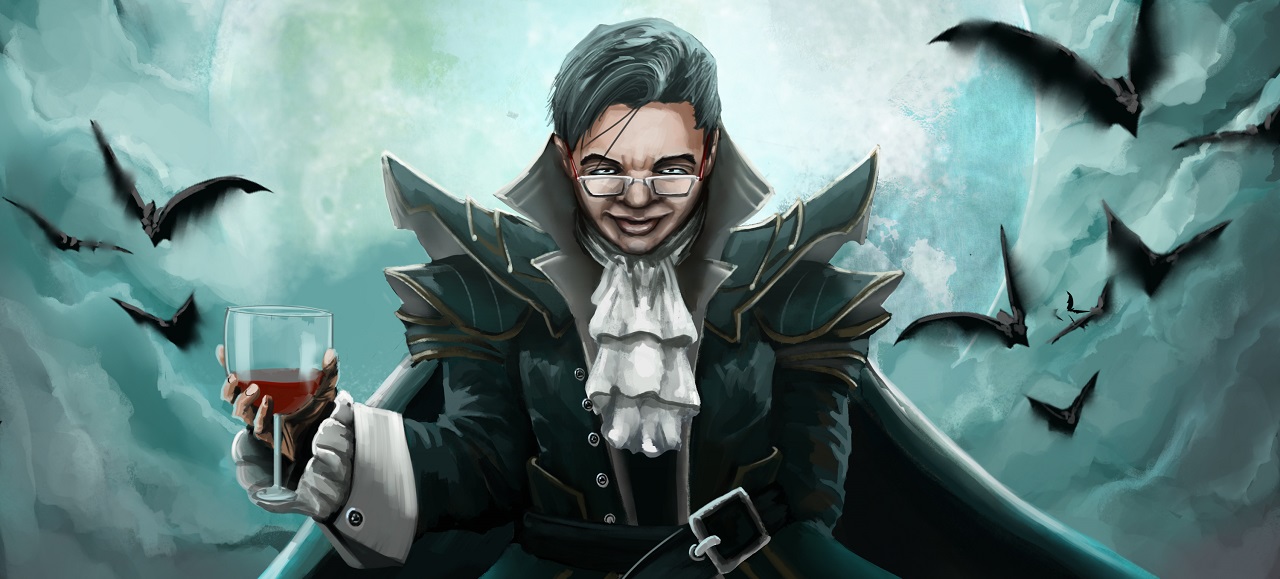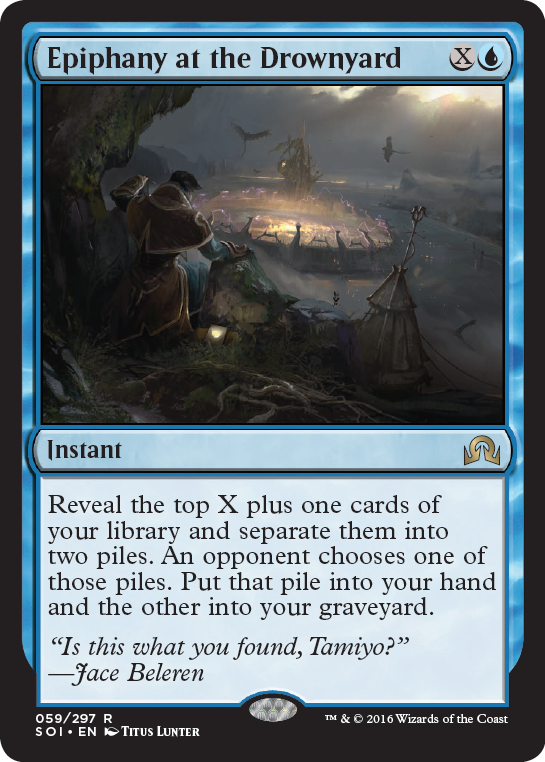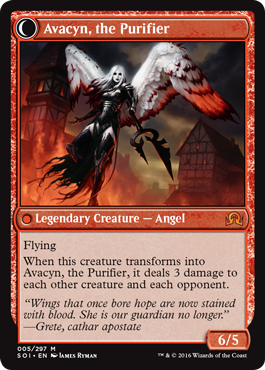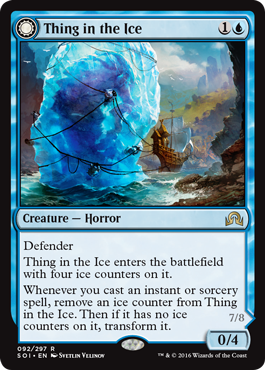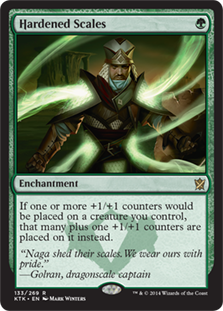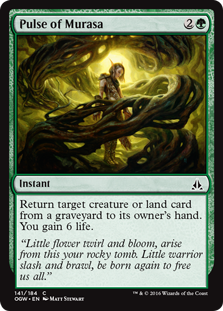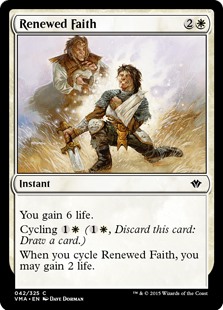Nahiri, the Harbinger Bonus Episode!

“Nahiri, the Harbinger is not obviously super powerful.”
-Mike“I think Nahiri, the Harbinger is obviously super powerful.”
-Patrick
Well then.
What’s going on with this new Shadows Over Innistrad Planeswalker?
[+2]: You may discard a card. If you do, draw a card.
Nahiri’s [+2] is great because it helps her reach her [-8] so quickly. Note: You don’t even have to discard a card! You can “just” give Nahiri two additional loyalty if you want to.
That said, Nahiri is actively great with cards like Fiery Temper. Nahiri is “actively great” with Madness!
Patrick notes that if you want to play a gigantic (if hard-to-cast) monster for Nahiri’s [-8] ability you might accidentally draw it. Luckily Nahiri’s [+2] ability lets you discard the aforementioned uncastable monster, cashing it in for an action card.
[-2]: Exile target enchantment, tapped artifact, or tapped creature.
Nahiri’s middle ability is actually her bread and butter. The obvious thing here is that Nahiri can act basically as two Utter Ends for the cost of one. Nahiri gives players the ability to deal with enchantments and artifacts without having to dedicate specific slots.
Of course, you can just play Nahiri, use her [-2] the first time, and be left with a powerful Planeswalker!
[-8]: Search your library for an artifact or creature card, put it onto the battlefield, then shuffle your library. It gains haste. Return it to your hand at the beginning of the next end step.
Nahiri’s “ultimate” is not the kind of ability that automatically wins the game. However there is a lot of play here. Nahiri can level up very quickly due to her [+2] ability. This can let you cash in your four mana planeswalker for a much more powerful finisher… While saving mana.
Nahiri’s most obvious playmate at this point might be Dragonlord Atarka. She drops Atarka the first time (letting you get that trigger), lets you slam in for 8 (i.e. “infinity” on its side) and then even bounces Atarka back to your hand so you can re-play it for additional 187 action!
Powerful, certainly… But obviously super powerful, or not obviously super powerful?
Check out where Patrick and Michael land on this Planeswalker (and several new Shadows Over Innistrad cards) on “Nahiri, the Harbinger Bonus Episode!”


